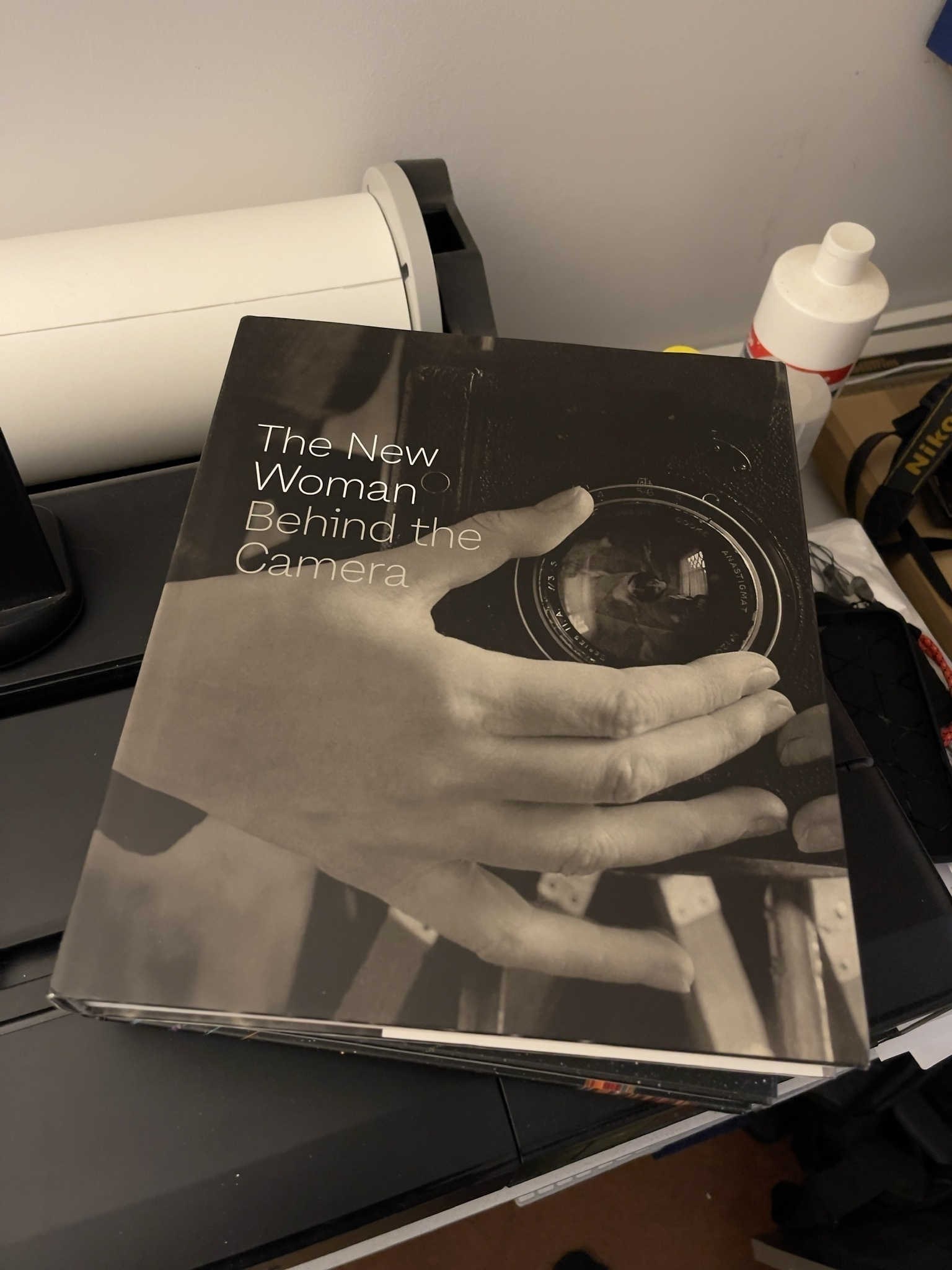… Sontag talks about the “usefulness” of images of atrocities exhibited long after the atrocious can be punished for being atrocious… the example is a set of photographs of lynchings in the south, taken as souvenirs… why show them in the year 2000 when they were made 1890-1930?… what are we supposed to do with the information, with the consciousness they raise?…
The pictures were taken as souvenirs and made, some of them, into postcards; more than a few show grinning spectators, good churchgoing citizens as most of them had to be, posing for a camera with the backdrop of a naked, charred, mutilated body hanging from a tree. The display of these pictures makes us spectators, too.
… will black and brown people be treated better now because we see these images now?, will we recognize just what brutes we are?, i am guessing that most who saw the exhibit or the book, Without Sanctuary, think of themselves as brutes, yet…
It was further argued that submitting to the ordeal should help us understand such atrocities not as the acts of “barbarians” but as the reflection of a belief system, racism, that by defining one people as less human than another legitimates torture and murder. But maybe they were barbarians. Maybe this is what most barbarians look like. (They look like everybody else.)
… this is what gives me pause at our present moment in history, brutes are on the move, and they are us…

